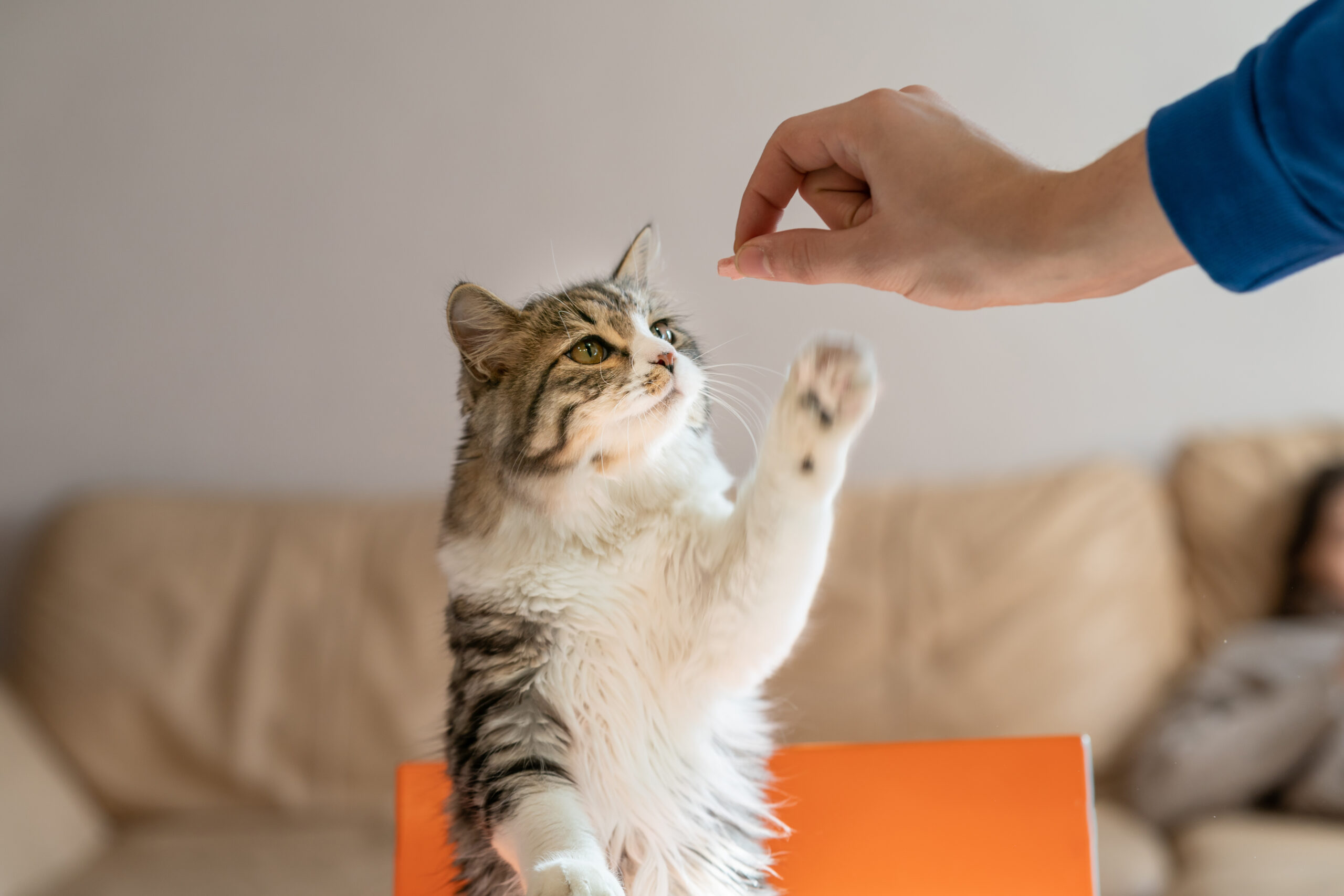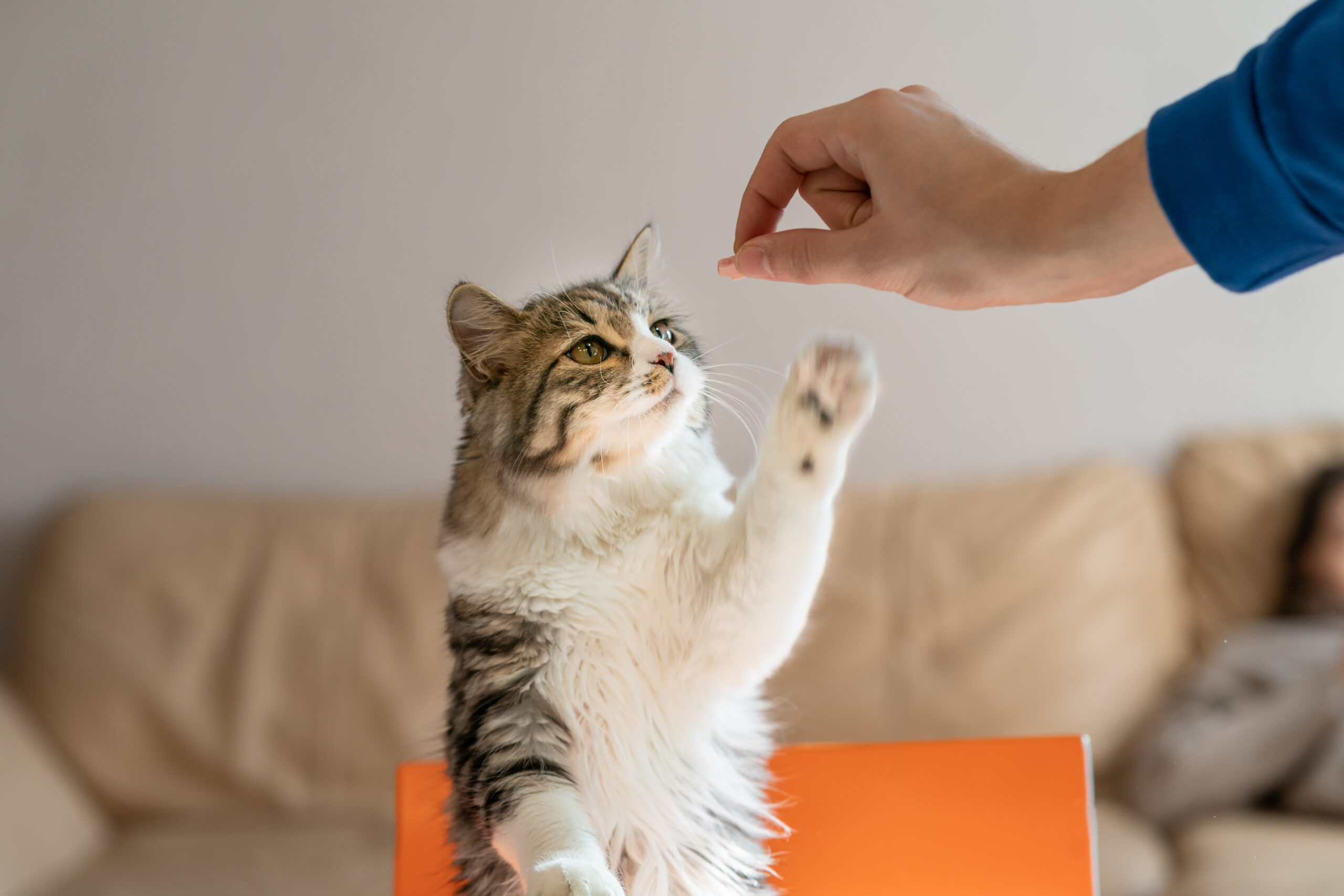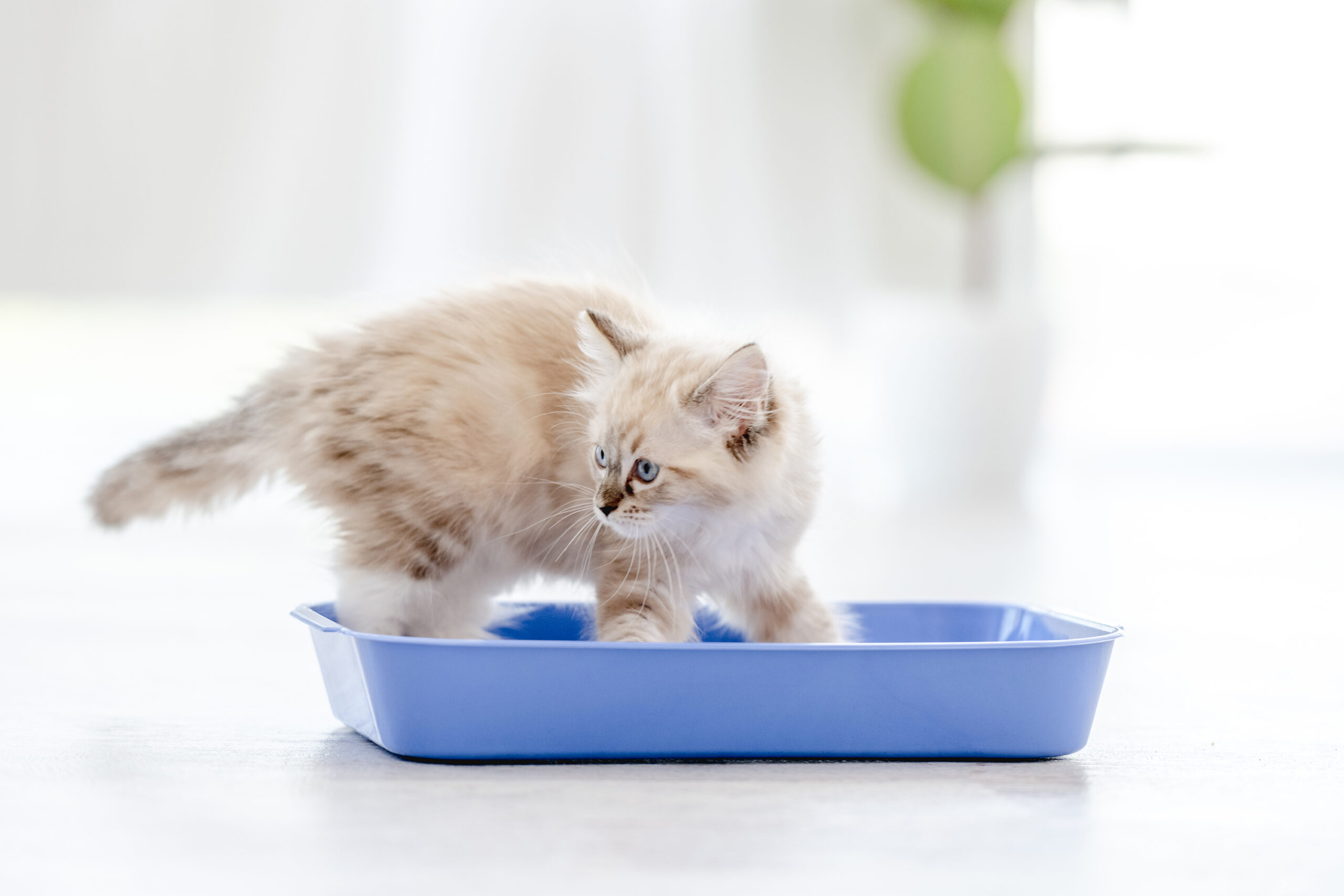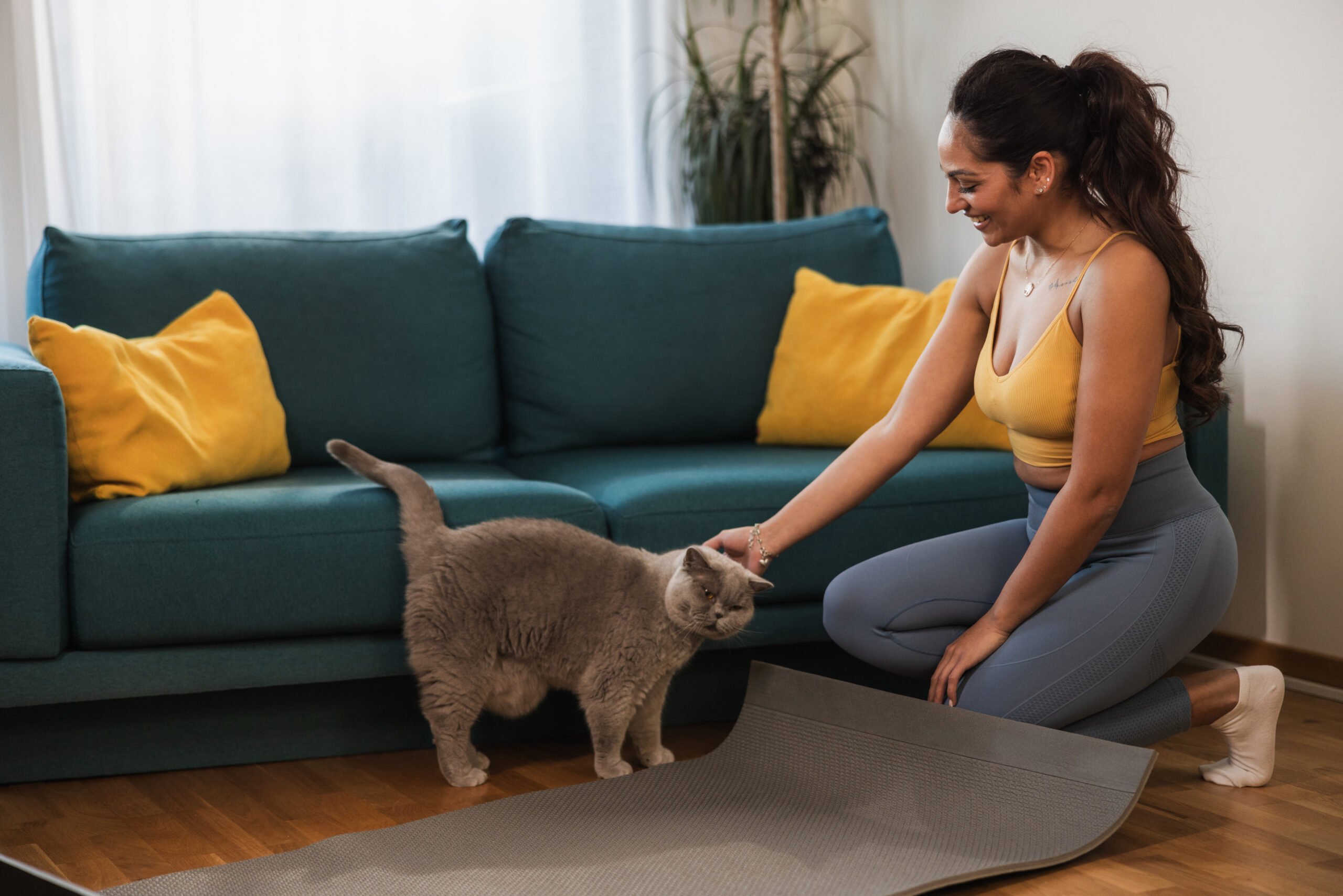Cats
Cat Therapy in 2025: A Digital Solution for a Modern Problem
At vero eos et accusamus et iusto odio dignissimos ducimus qui blanditiis praesentium voluptatum deleniti atque corrupti.

Cats
Essential Pet Care Tips for a Happy, Healthy Pet
Sed ut perspiciatis unde omnis iste natus error sit voluptatem accusantium doloremque laudantium, totam rem aperiam.
Cats
Provide Proper Nutrition: The Cornerstone of Cat Health
Nulla pariatur. Excepteur sint occaecat cupidatat non proident, sunt in culpa qui officia deserunt mollit anim id est laborum.
-

 Animal Facts8 years ago
Animal Facts8 years agoLoyal Pittie Becomes Best Friend to Newborn Baby—From the First Moment
-

 Pet Care Tips8 years ago
Pet Care Tips8 years agoLearning About Modern Dog Training: Methods, Trainers, and Technology
-

 Animal Facts8 years ago
Animal Facts8 years agoAmazing Dog Facts You Didn’t Know – Mind-Blowing Facts About Man’s Best Friend
-

 Pet Nutrition8 years ago
Pet Nutrition8 years agoThe Ultimate Cat Care Guide: Essential Tips for Keeping Your Feline Friend Happy and Healthy
-

 Animal Facts8 years ago
Animal Facts8 years agoWhy Does My Dog Follow Me Everywhere? Here’s What It Really Means
-

 Animal Facts8 years ago
Animal Facts8 years agoWhy Is My Dog Licking Its Paws? Causes, Solutions & When to Worry
-

 Animal Facts8 years ago
Animal Facts8 years agoWhy Are Dogs So Loyal? The Truth Behind Their Devotion
-

 Cats8 years ago
Cats8 years agoProvide Proper Nutrition: The Cornerstone of Cat Health






